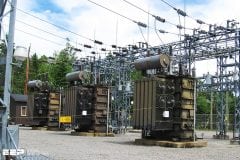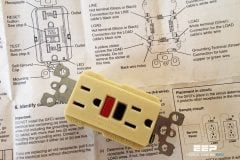General transfer capability is essential to the measurement of voltage, current, power, and energy. The standard cell, the unit of voltage which it preserves, and the unit of current derived from it in combination with a standard of resistance are applicable only to the measurement of dc quantities, while the problems of measurement in the power and communications fields involve alternating voltages and currents.
It is only by means of transfer devices that one can assign the values of ac quantities or calibrate ac instruments in terms of the basic dc reference standards.
In most instances, the rms value of a voltage or current is required, since the transformation of electrical energy to other forms involves the square of voltages or currents, and the transfer from direct to alternating quantities is made with devices that respond to the square of current or voltage.
While two of these depend on current and the third on voltage, the use of series and shunt resistors makes all three types available for current or voltage transfer.
Traditional American practice has been to use electrodynamic instruments for current and voltage transfer as well as power transfer from direct to alternating current, but recent developments in thermoelements have improved their transfer characteristics until they are now the preferred means for current and voltage transfer, although the electrodynamic wattmeter is still the instrument of choice for power transfer up to 1 kHz.
Electrothermic transfer standards for current and voltage use a thermoelement consisting of a heater and a thermocouple. In its usual form, the heater is a short, straight wire suspended by two supporting lead-in wires in an evacuated glass bulb. One junction of a thermocouple is fastened to its midpoint and is electrically insulated from it with a small bead.
The thermal emf—5 to 10 mV at rated current in a conventional element—is a measure of heater current. Multijunction thermoelements having a number of couples in series along the heater also have been used in transfer measurements. Typical output is 100 mV for an input power of 30 mW.
SOURCE: Gerald J. Fitzpatsick – Measurements and Instruments










